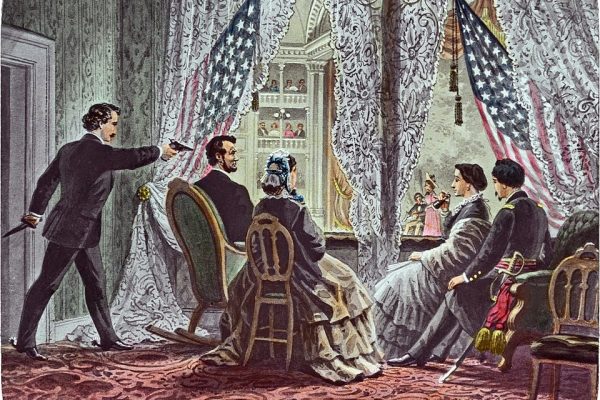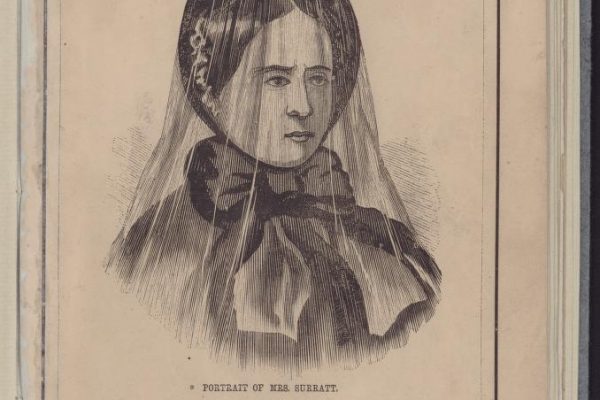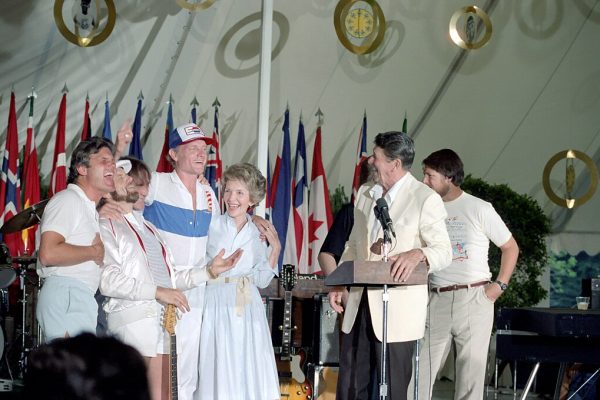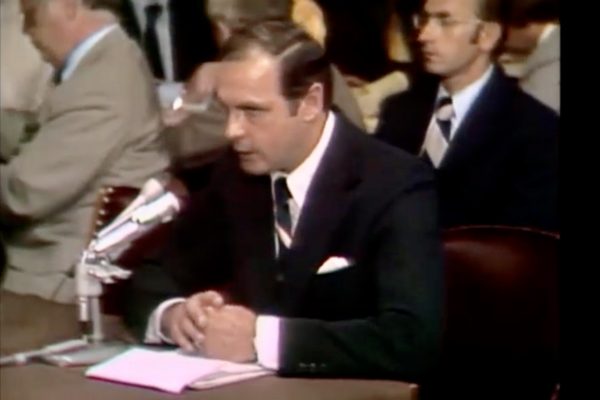
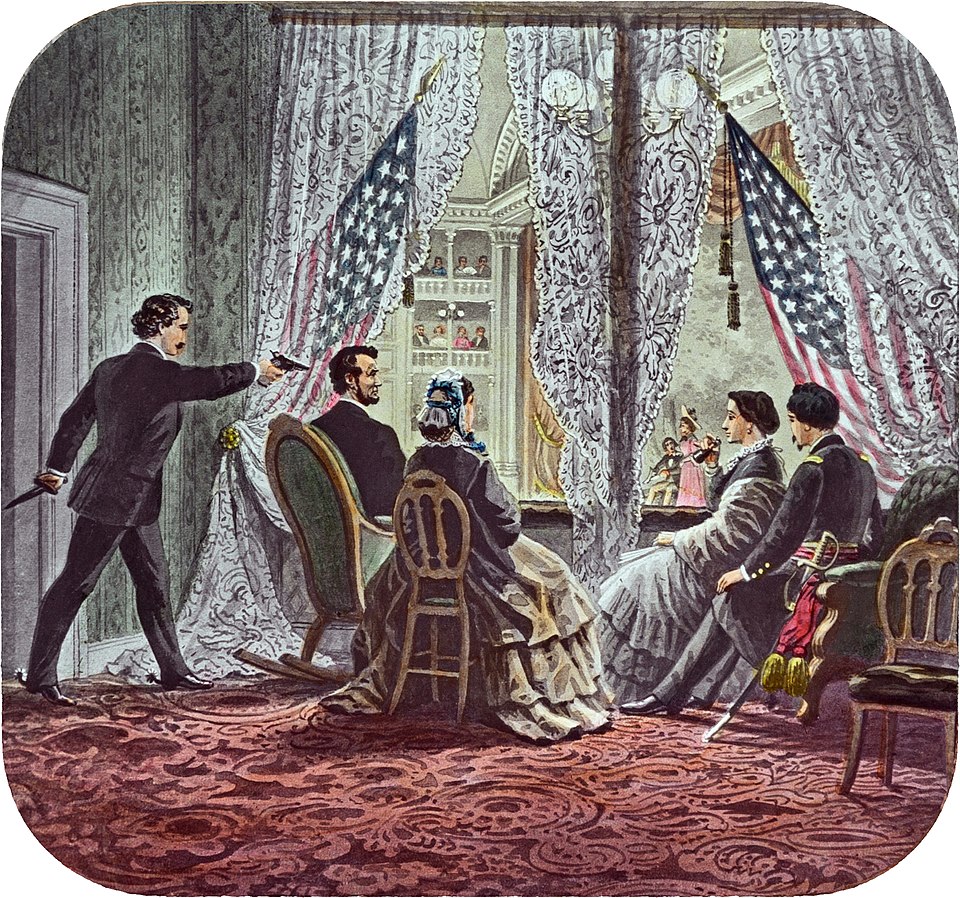
Lincoln Assassination Conspiracy Walking Tour
Walk the sites in downtown Washington where conspirators planned to disrupt the U.S. government in a single night of terror
On a spring evening in 1865, just five days after the Civil War effectively ended, John Wilkes Booth set in motion the most audacious political conspiracy in American history. This wasn’t simply Lincoln’s assassination — it was a coordinated attempt to kill the president, vice president, secretary of state and commanding general all in one night.
Today, you can walk the entire conspiracy from start to finish in downtown Washington. The route takes you from the boarding house where the plot was hatched to the theater where Lincoln was shot, ending at the building where justice was served. Along the way, you’ll discover how close America came to losing its entire government leadership — and how mundane these historically momentous locations look today.
Where It All Began: “The Nest that Hatched the Egg”
Mary Surratt Boarding House
604 H Street NW (now Wok & Roll Chinese restaurant)
Start your conspiracy trail at what may be the most historically significant Chinese restaurant in America. The three-story brick townhouse that now serves dim sum and General Tso’s chicken once housed the most dangerous Confederate sympathizers in Washington.

Mary Surratt (suh-RAHT) rented rooms to John Wilkes Booth and his fellow conspirators, who met regularly in her parlor — now the main dining room — to plan their attack. President Andrew Johnson would later call this building “the nest that hatched the egg.”
The building looks virtually unchanged since 1865, with the same windows and facade that Booth would have recognized. A historical marker outside contrasts sharply with the neon restaurant signs, creating the kind of historical irony that only exists in Washington. Families eating lunch have no idea they’re sitting where America’s most infamous conspiracy was born.
Walk past anytime to see the exterior and historical marker (free). The restaurant is open daily if you want to dine where conspirators once plotted.
The Attack That Almost Succeeded
Seward House Site
Lafayette Square (near Hay-Adams Hotel)
A 15-minute walk brings you to Lafayette Square, where the conspiracy’s second target lived. While Booth headed to Ford’s Theatre, his accomplice Lewis Powell broke into Secretary of State William Seward’s mansion with orders to kill.
Powell found Seward bedridden, recovering from a carriage accident. He brutally attacked the secretary of state, slashing his throat twice before fighting his way past Seward’s sons and a State Department messenger. Powell believed he had completed his deadly mission, but Seward survived.

Today, the U.S. Court of Federal Claims sits on the site of the Seward mansion in Lafayette Park. The park offers one of Washington’s best photo opportunities — the White House as a backdrop — while a historical marker explains how the coordinated attack unfolded across the city.
Public square, viewable anytime (free). Fully accessible with paved walkways.
The Shot That Changed History
Ford’s Theatre
511 10th Street NW
An eight-minute walk from Lafayette Square brings you to the site where American history pivoted in a single gunshot. Ford’s Theatre has been meticulously restored to its 1865 appearance, allowing you to sit in the same seats where the audience watched in horror as Booth leaped to the stage shouting “Sic semper tyrannis!”
The theater museum houses Lincoln’s bloodstained coat and Booth’s weapons, but the most powerful moment comes upstairs in the restored theater itself. The presidential box where Lincoln was shot remains exactly as it appeared that night, draped in the same style of bunting that caught Booth’s spur as he jumped.
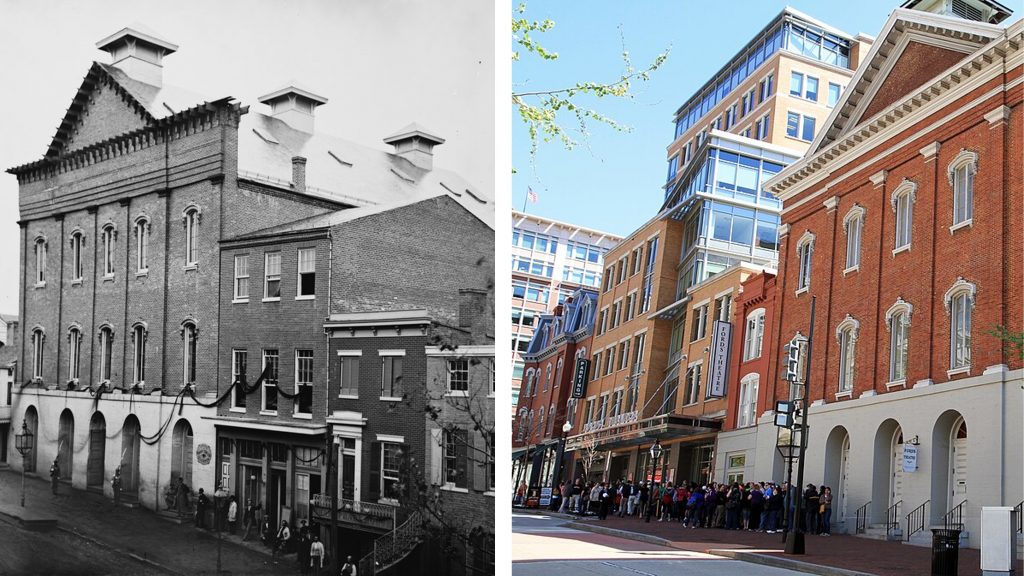
Booth’s intimate knowledge of the theater’s layout — he was a regular performer here — made the assassination possible. What strikes visitors most is how close the presidential box sits to the stage, making Booth’s escape route devastatingly simple.
Hours: 9 AM – 5 PM daily. Free tickets required (reserve at fords.org). Plan 90 minutes for theater and museum. Fully accessible with elevators and assistive listening devices.
Where Lincoln Drew His Last Breath
Petersen House
516 10th Street NW
Cross the street to complete Lincoln’s story at the modest boarding house where he died. The president was too severely injured to survive the carriage ride back to the White House, so he was carried to the nearest safe location — a spare bedroom in William Petersen’s house.
Lincoln’s 6-foot-4 frame was too long for the small bed, so he was placed diagonally across it. He never regained consciousness. The house has been preserved exactly as it appeared during that long night, with the same Victorian furnishings and wallpaper that witnessed Cabinet members, generals and Mary Todd Lincoln keeping vigil.
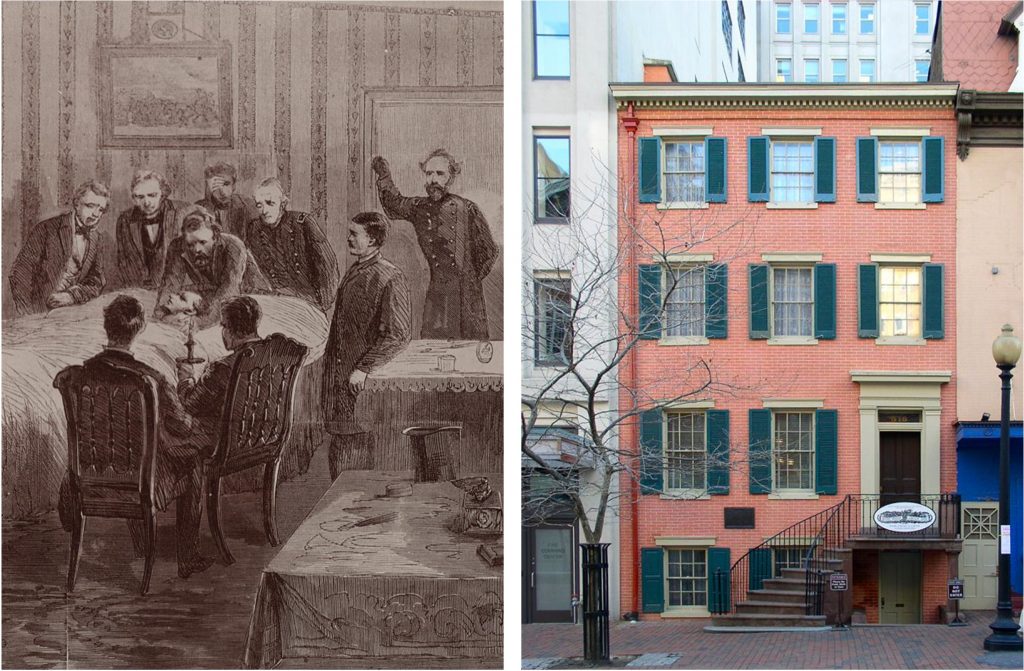
Walking through these cramped rooms where the fate of the nation hung in balance provides a surprisingly intimate end to Lincoln’s story. The back bedroom where Lincoln died remains the most photographed room in the house.
Access included with Ford’s Theatre ticket. Plan 30 minutes. First floor accessible; second floor by stairs only.
Where Justice Was Served
For those wanting the complete conspiracy story, a 50-minute walk (or Metro ride to Waterfront) brings you to where the conspirators faced justice. Grant Hall at Fort McNair housed the controversial military tribunal that condemned Lincoln’s assassins, including Mary Surratt — the first woman executed by the federal government.
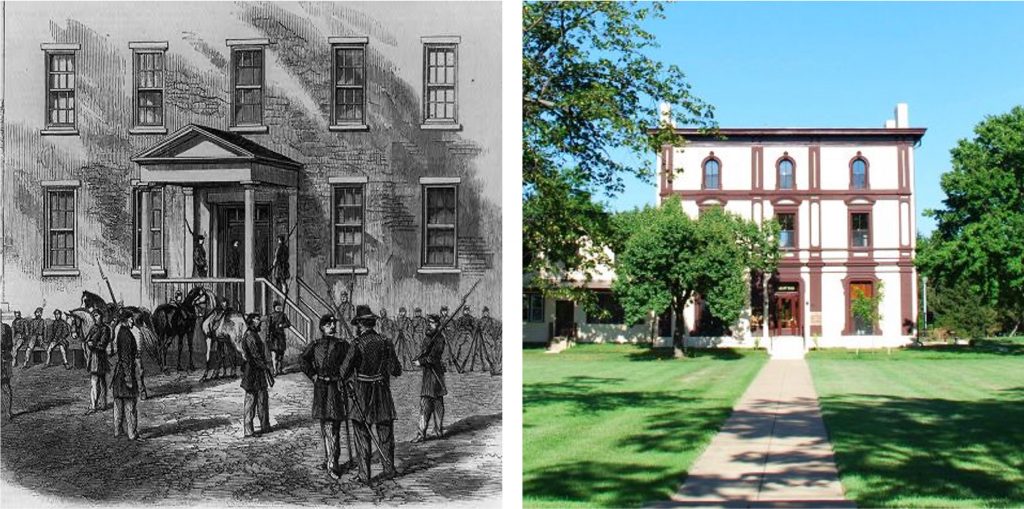
Grant Hall, Fort McNair
103 3rd Avenue SW
The building carries a historical irony that makes Washington fascinating: it’s named for General Ulysses S. Grant, who was supposed to join Lincoln at the theater that night. Booth planned to “shoot Lincoln at point-blank range with his single-shot Philadelphia Deringer pistol and then stab Grant,” but Grant escaped by declining the invitation.
Mary Surratt’s ghost allegedly still haunts the halls with mysterious weeping sounds. The third floor, where the military court heard testimony from over 300 witnesses, remains largely unchanged from 1865.
Quarterly public tours only (March, June, September, December) — advance reservations required at army.mil/jbmhh. Plan 60 minutes. Ground floor accessible.
Metro recommended: From Petersen House, walk to Metro Center, take Green/Yellow line to Waterfront station, then 10-minute walk south to fort (much easier than 45-60 minute walk from downtown).
Planning Your Historical Walk

When to Go: Weekday mornings offer smaller crowds at Ford’s Theatre. The route is mostly indoors and comfortable year-round.
What You’ll Need: Comfortable shoes, a phone for photos and perhaps an umbrella. The entire route is nearly 4 miles if walked to Grant Hall.
Tickets: Reserve Ford’s Theatre tickets online in advance — they’re free but limited and provide access to both the theater and Petersen House. Fort McNair requires separate reservations for quarterly tours.
Best Photos: Lincoln’s deathbed at Petersen House captures the most powerful image, while the Chinese restaurant at the Surratt House provides the best example of Washington’s casual relationship with monumental history.
The conspiracy trail reveals how close America came to losing its entire government leadership in one coordinated night of terror. That it failed — and that justice was ultimately served — makes walking these preserved sites a reminder of democracy’s resilience in its darkest hour.
This story is part of Potomac Fever’s ongoing coverage of Washington’s hidden history. For more untold stories from the nation’s capital, visit potomacfever.com.


